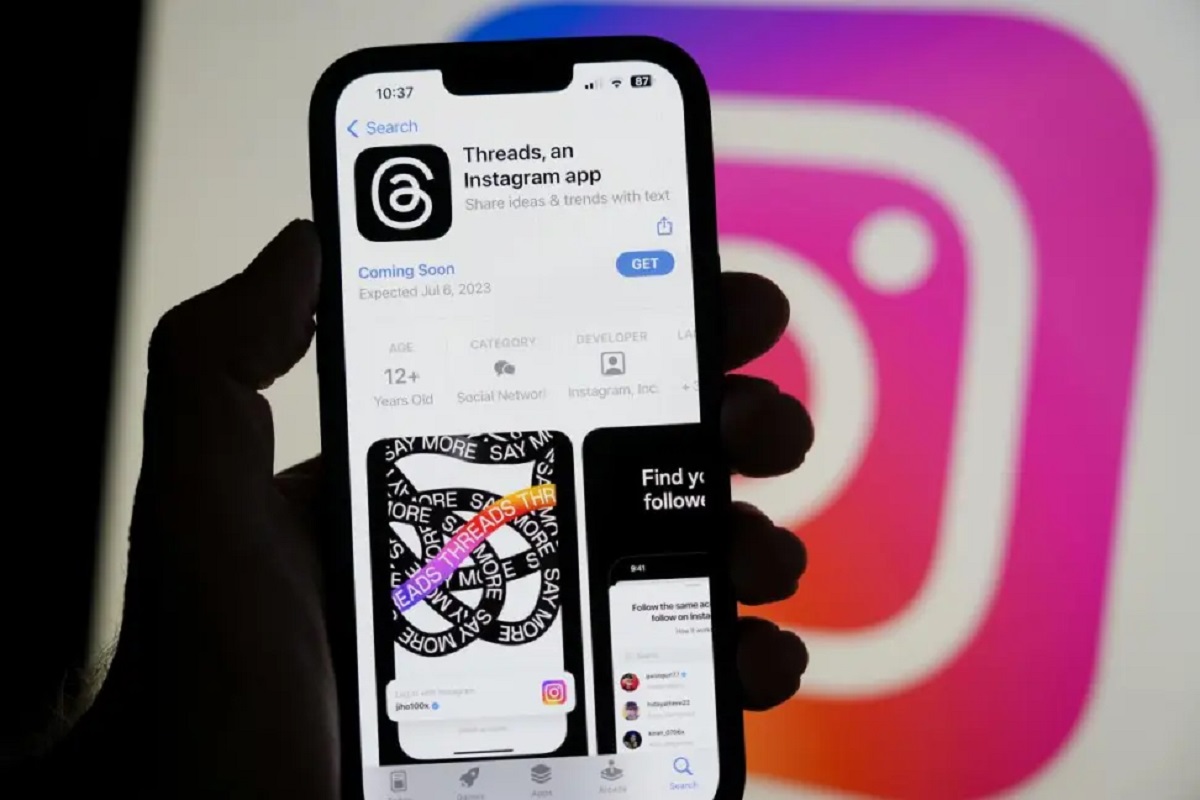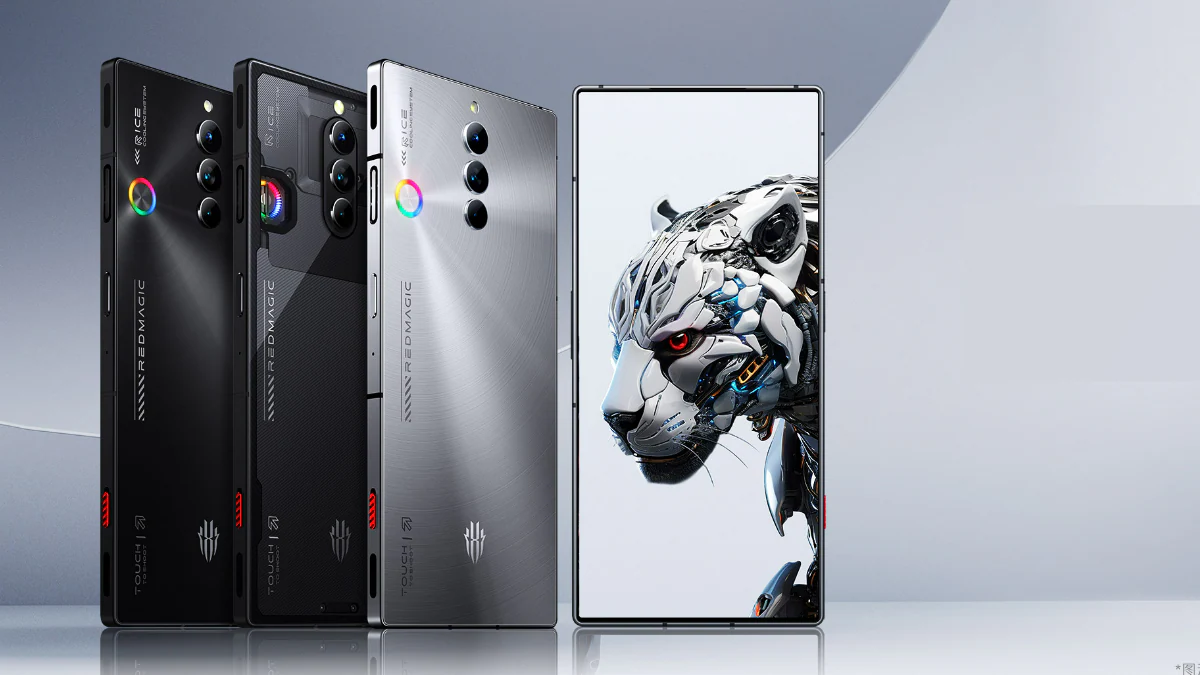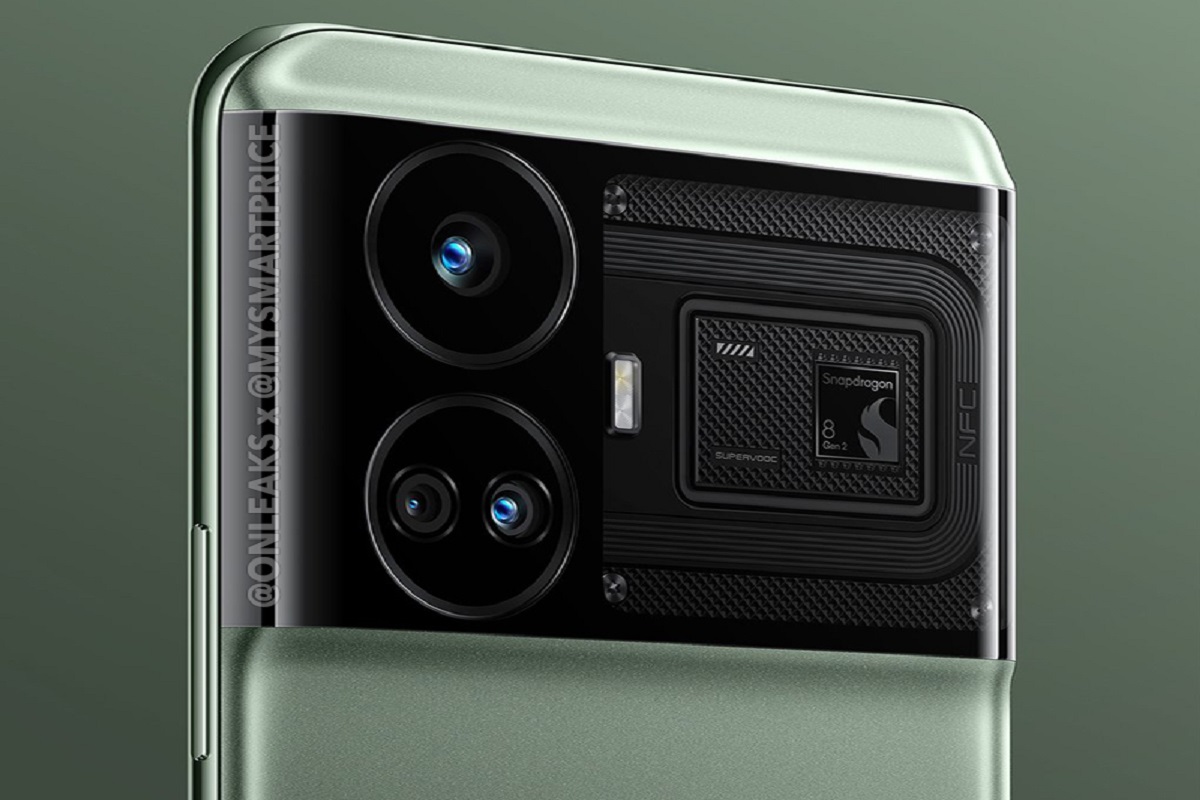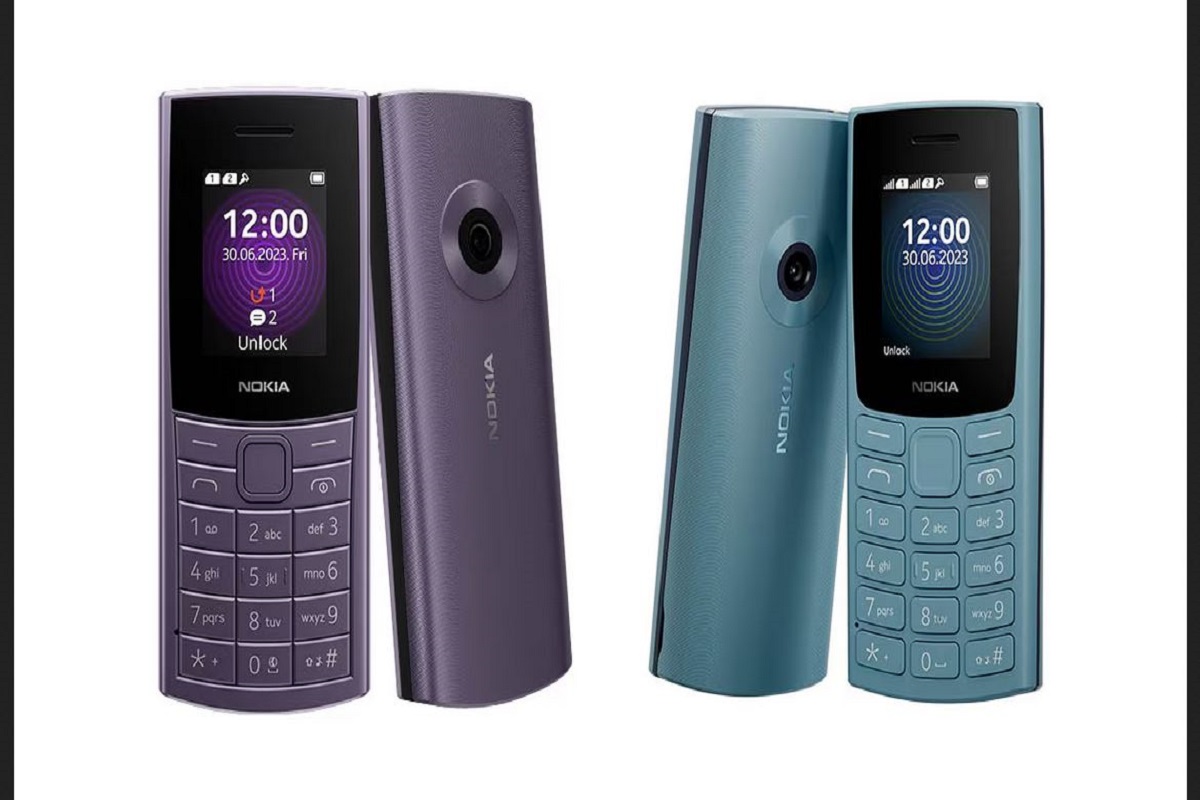Data scientists are essential in the field of data science, as they explore various data types from diverse sources, yielding valuable outcomes. Measurement, technical logic, computer-centric reasoning, and information research are all central to the realm of data science. These professionals, known as data scientists, work with data derived from the internet, mobile phones, sensors, and other devices, playing a crucial role in the entire process.

Artificial intelligence involves customizing machines to mimic human thinking and replicate human actions. AI machines possess qualities akin to the human brain, such as learning and critical thinking, enabling them to achieve specific goals. AI can be regarded as human-made intellectual power, capable of autonomously working with new information.
Machine learning, a branch of data science, employs logical models to tackle specific problems. Essentially, it is a facet of human-created logic that deals with diverse designs and processes information. Machine learning seamlessly processes data with the aid of computers.
Python stands out as the most versatile programming language, offering an open-source and user-friendly platform. With Python, one can create programs, scripts, images, databases, and even work with web applications. Python’s data design capabilities make it a preferred choice for developing data science applications. Data scientists utilize Python for tasks such as building financial models, web scraping, and data visualization.
R is another widely-used programming language in the field of data science. It excels in presenting information through graphical representations and is relatively easy to master. Abundant online resources facilitate learning. R plays a significant role in various domains, including healthcare, e-commerce, and banking.
Cloud servers are gaining increasing popularity compared to home computer servers. These servers often come with free usage options, while some services may require subscriptions. Cloud servers are capable of accommodating diverse document types. Leading companies like Microsoft, Amazon, and Google have made significant strides in cloud computing research.
Statistics, probability, and mathematics form the foundational pillars of data science, artificial intelligence, and machine learning. A solid understanding of these areas is crucial for effective mathematical planning. Statistical analysis is essential for data processing and interpretation. Data scientists conduct numerous experiments to determine the best model for a given problem, often requiring a deep understanding of probability and mathematical principles to comprehend underlying conditions.










